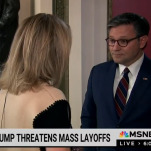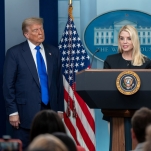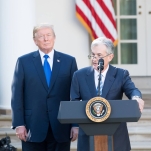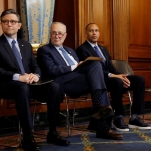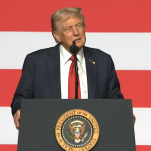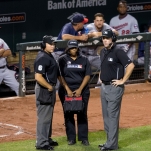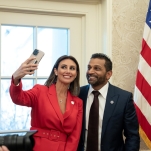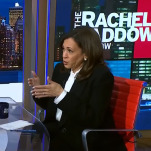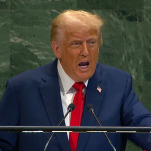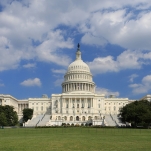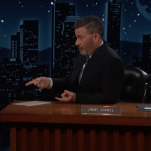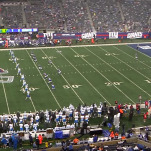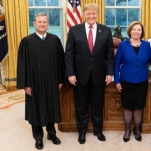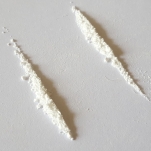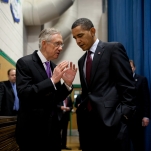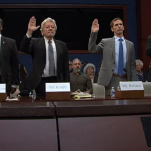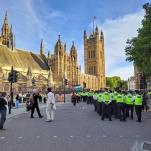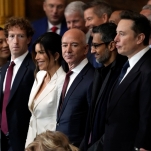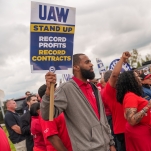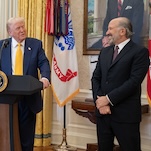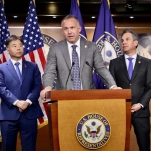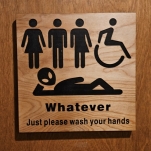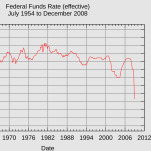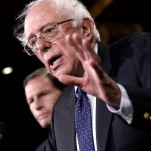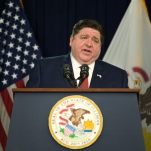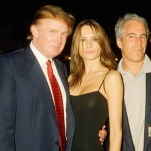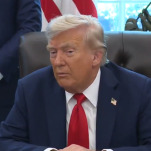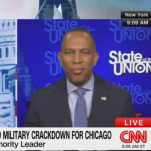Why Polls Won’t Tell You Who Is Favored to Win the Election and Why That’s Good for Kamala Harris
Dan Keck, CC0, via Wikimedia Commons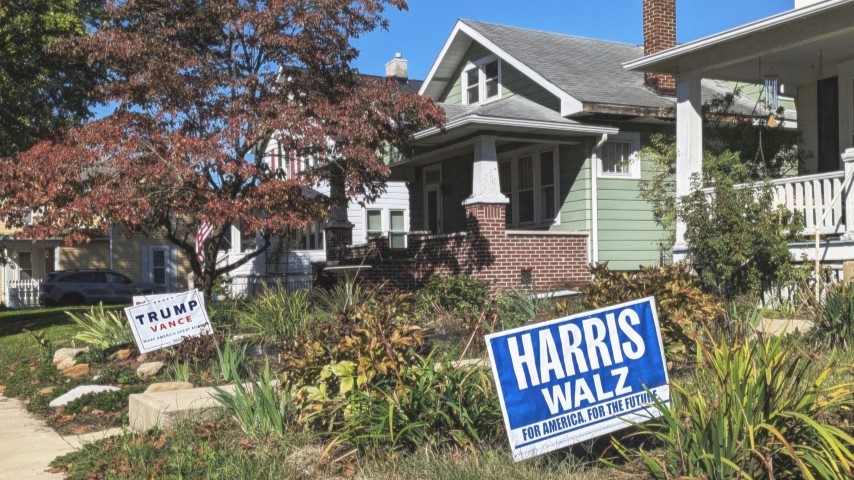
Polling is an inexact science that has come under fire ever since Trump’s victory in 2016. We are in the midst of a political realignment, and that is warping many of our longstanding assumptions. This general confusion about where this change in America is headed has led people on both sides of the political aisle say the polls are fake news, despite them being historically accurate in 2022. Add in the fact that Americans are generally bad at math and don’t understand how there is not a big difference between Kamala Harris having a 55 percent chance to win and a 45 percent chance (which is the entire range she has pinged around in all year), and trust in polling seems to be at record lows in modern America.
The era of Nate Silver predicting 99 out of 100 states correct gave polling a predictive power in America’s eyes that it is not designed to achieve. Polls include margins of error because they accept that they may not detail the entire picture they are aiming to capture, and this year, that may be more important than ever to consider when looking at polling numbers.
The reason is because Donald Trump is depending on low propensity voters—those who do not vote in every election. If you drill down in nearly every poll, you see the same dynamic. Kamala Harris is usually leading among likely voters, but once you add every potential voter to the poll, Trump has started to pull even or ahead. This presents a really difficult dynamic for political scientists to analyze. Typically, you give more weight to likely voters and assume that low propensity voters will drop off to some degree, but Trump is making an aggressive play for them and they have never been more important to a presidential election.
-

-

-

-

-

-

-

-

-

-

-

-

-

-

-

-

-

-

-

-

-

-

-

-

-

-

-

-

-

-

-

-

-

-

-

-

-

-

-

-

-

-

-

-

-

-

-

-

-

-

-

-

-

-

-

-

-

-

-

-

-

-

-

-

-

-

-

-

-

-

-

-

-

-

-

-

-

-

-

-

-

-

-

-

-

-

-

-

-

-

-

-

-

-

-

-

-

-

-

-

-

-

-

-

-

-

-

-



